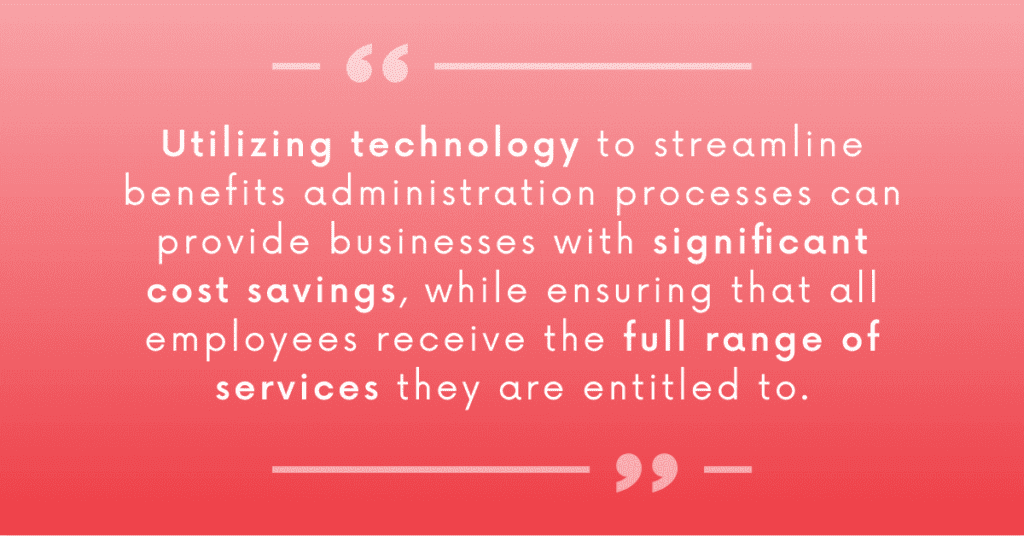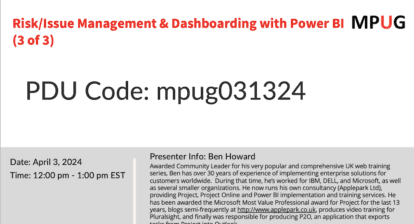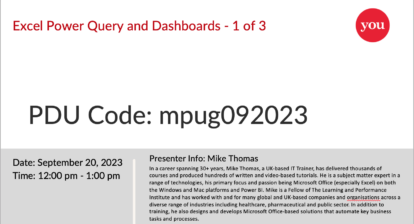
Employee benefits management is an important part of any business. It can help to attract, retain and motivate employees, giving them confidence in their job security. This article will provide 10 tips that can help businesses improve their benefits management practices. These tips will include strategies to improve your employee benefits management practices, such as using automated technologies, creating a comprehensive employee benefits package, leveraging analytics to measure the effectiveness of your plans, and more.
1. Automate Benefits Management Technologies
Automating benefits management technologies can be an effective way for businesses to streamline their processes and save time and money.
With the right automation tools, organizations can manage employee benefits more efficiently, reduce administrative costs, and ensure that employees get the most value from their benefits package.
One of the key advantages of automating benefits management is that it allows businesses to quickly and easily implement changes.
This can be especially helpful when adjusting existing benefits plans or creating new ones.
Automation technologies can also help businesses manage their employee data more securely, making sure that it is up-to-date and compliant with relevant regulations.
2. Create a Comprehensive Employee Benefits Package
Creating a comprehensive employee benefits package is an important step in helping businesses attract and retain top talent.
A comprehensive package should ensure that employees have access to the necessary benefits to remain healthy, productive, and engaged throughout their employment.
When creating a comprehensive employee benefits package, it is important to assess the needs of your business and its workforce, as well as any regulatory requirements.
This will help you to create a package that meets the needs of both employees and your business.
3. Leverage Analytics to Measure the Effectiveness of Your Plans
Leveraging analytics to measure the effectiveness of your plans is a key component of effective benefits management.
The use of analytics provides businesses with valuable insights into how their plans are working, enabling them to make more informed decisions about their benefits packages.
Analyzing data can also help to identify areas for improvement, allowing employers to better meet the needs of their employees.
4. Offer Flexible Benefit Options for Employees
Offering flexible benefit options for employees is an effective way to ensure that they are getting the most value from their benefits package.
Flexible benefits allow employees to tailor their packages to suit their individual needs, helping them make the most of the benefits available to them.
This can include allowing employees to choose from different types of plans or giving them the option to make changes during the course of their employment.

5. Communicate Benefits Information Clearly and Regularly
Clear and regular communication of benefits information is essential for businesses to ensure that their employees are aware of, and understand, the benefits they are entitled to.
Without clear and regular communication, it can be difficult for employees to make informed decisions about their benefits package.
Businesses should communicate benefits information in an easily understandable manner, using simple language and avoiding complex terminology or jargon.
It is also important to provide a variety of channels through which employees can access this information, such as emails, newsletters, intranet sites, or even physical postings around the office.
This ensures that all employees have easy access to up-to-date information about their benefits package.
In addition to providing clear communication about the details of employee benefits packages, it is important for businesses to regularly remind employees of their entitlement to these benefits.
Regular reminders not only encourage employees to use the available services but can also help them stay on top of any changes that may occur.
By taking the time and effort to communicate benefits information clearly and regularly, businesses can create an environment in which employees feel valued and supported by their employers.
6. Utilize Technology to Streamline Administration Processes
Utilizing technology to streamline administration processes is an important part of effective benefits management.
Technology can help reduce the amount of manual labor associated with administering employee benefits, making it easier for employers to manage their plans and ensure that all employees are receiving the full range of benefits they are entitled to.
Technologies such as automation, data analytics, and mobile apps can be used to track employee benefits use and provide insights into how plans are being utilized.
Automation can be used for tasks such as benefits enrollment, open enrollment processing, benefit usage tracking, and claims processing.
Automation allows employers to process claims faster and more accurately than ever before, saving employer’s time and money while ensuring that employees receive the benefits they need in a timely manner.
It is also helpful in reducing administrative costs associated with manually entering data or processing paperwork.
7. Leverage Data Analytics
Data analytics is another way in which technology can be used to streamline administration processes.
By analyzing data related to employee benefits use, businesses can gain valuable insights into how their plans are being utilized.
This information can then be used to identify areas where improvements can be made or where additional resources may be needed.
Analytics also helps employers identify which areas of their plans are most successful and which ones may need more attention or resources allocated to them.
8. Take Advantage of Mobile Apps
Mobile apps allow businesses to make their benefits programs accessible on the go. This makes it easier for employees to access their benefits anywhere at any time, allowing them greater flexibility in managing their plans.
Mobile apps also allow employers to quickly communicate changes or updates about their plans so that employees always have the most up-to-date information available when making decisions about their benefits package.
Overall, utilizing technology to streamline administration processes is an important part of effective benefits management, and can provide businesses with significant cost savings, while ensuring that all employees receive the full range of services they are entitled to.
By leveraging automation, data analytics, and mobile app technologies, businesses will find it much easier to stay on top of their employee benefit plans and ensure that all staff members have access to the best possible coverage available.

9. Track and Monitor Cost Savings from Your Plan Changes
Tracking and monitoring cost savings from plan changes is an important part of effective benefits management.
By tracking cost savings, employers can assess the financial impact of their benefits strategies and identify areas where improvements may be necessary.
This process also helps employers determine how their employees are using their benefits packages and whether or not they are getting the most out of them.
One way to track cost savings is to monitor the overall expenses associated with administering employee benefits packages.
By monitoring all costs associated with administering plans, employers can identify any areas that may be over budget or in need of improvement.
This information can then be used to make changes and adjust budgets accordingly.
10. Invest in Professional Development Opportunities for Managers and HR Professionals
Investing in professional development opportunities for managers and HR professionals is an important part of effective benefits management.
Professional development can help managers and HR professionals stay up to date with industry trends, better understand the various elements of employee benefits plans, and gain valuable insights into how to effectively manage their own plans.
Professional development courses are typically focused on topics such as employee benefits law, plan design and implementation, communication and customer service, financial literacy, and compliance.
By helping managers and HR professionals stay up to date on the latest industry trends and regulations, employers can ensure that their plans are always compliant with the applicable laws while also helping them better manage their own plans.
Professional development can also help employers better understand their employees’ needs, which can lead to more effective benefits plans.
By engaging in professional development opportunities, employers can ensure that their benefits plans are tailored to the specific needs and requirements of their employees.
Conclusion
Overall, investing in professional development opportunities for managers and HR professionals is key to effective benefits management.
Professional development courses can help employers stay up-to-date with industry trends and regulations while also providing insights into how to better manage their plans.
Additionally, tracking cost savings from plan changes allows businesses to identify areas that may need more attention or resources allocated to them.
By leveraging these strategies, businesses will be able to create comprehensive benefits packages tailored specifically for each employee’s needs while maintaining compliance with all applicable laws.
With the right approach, organizations can ensure they are getting the most out of their employee benefit programs without sacrificing quality coverage or incurring excessive costs.






